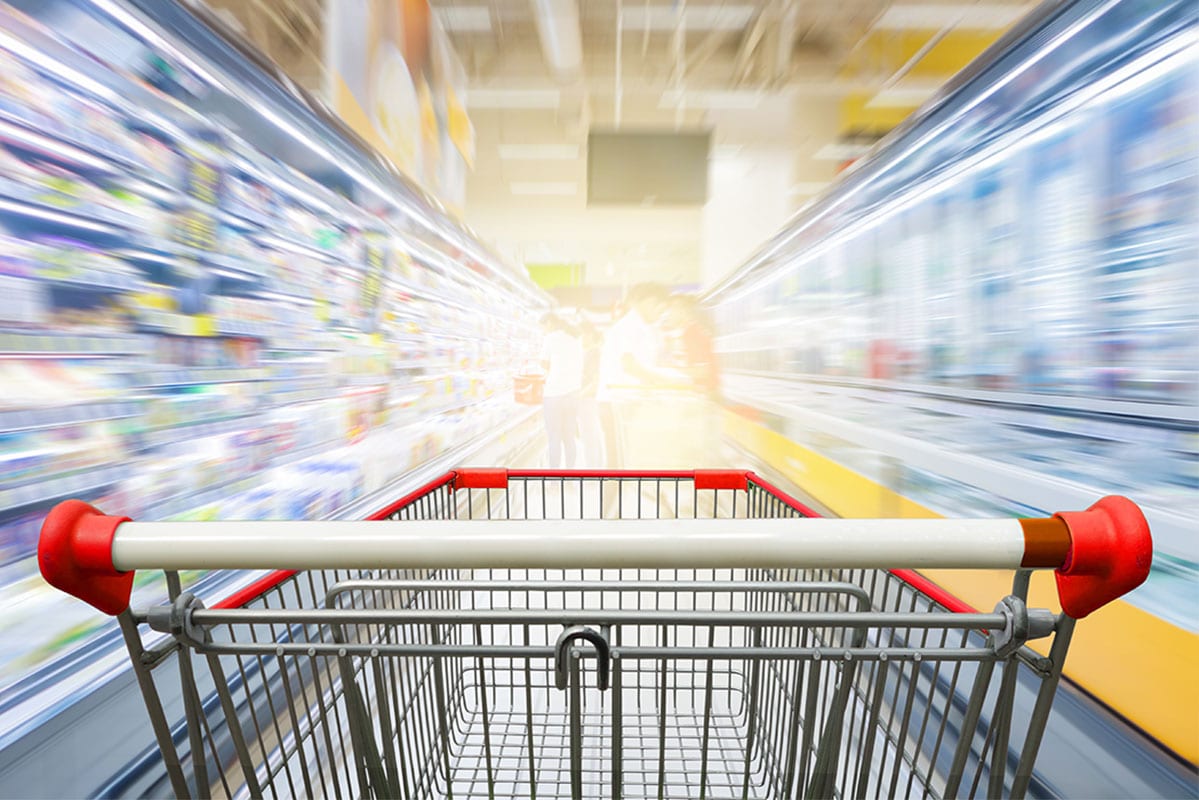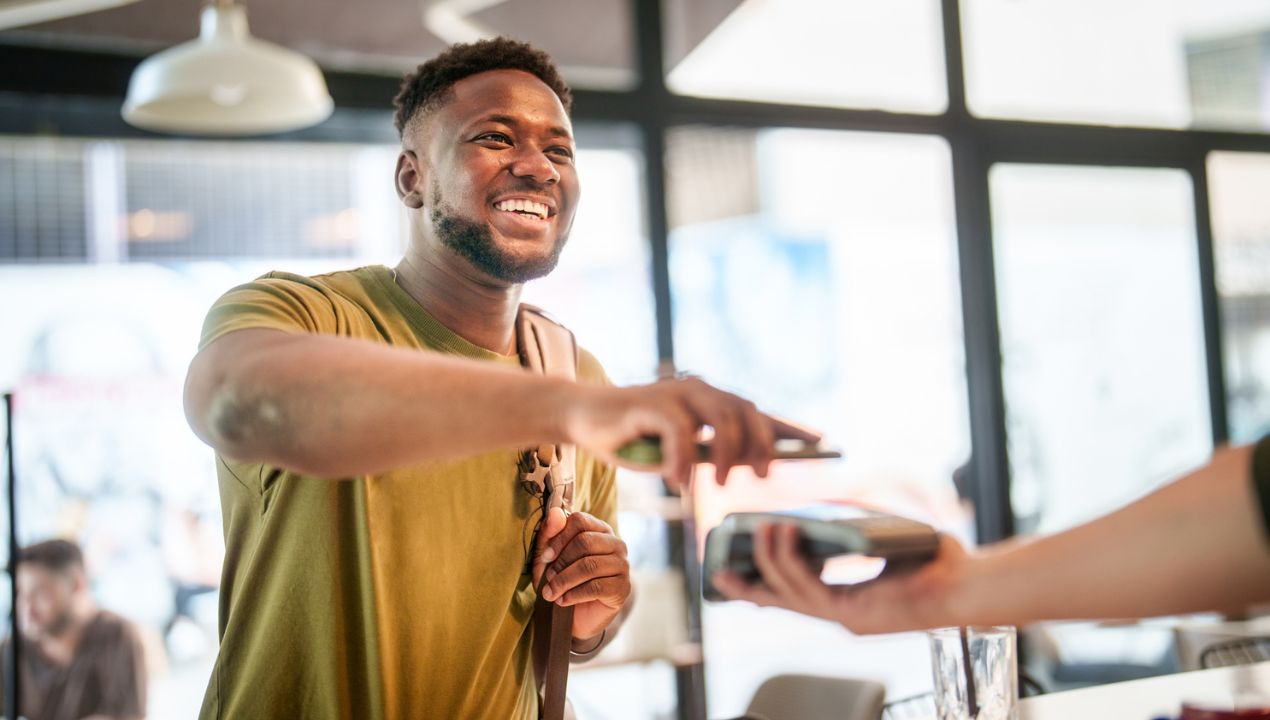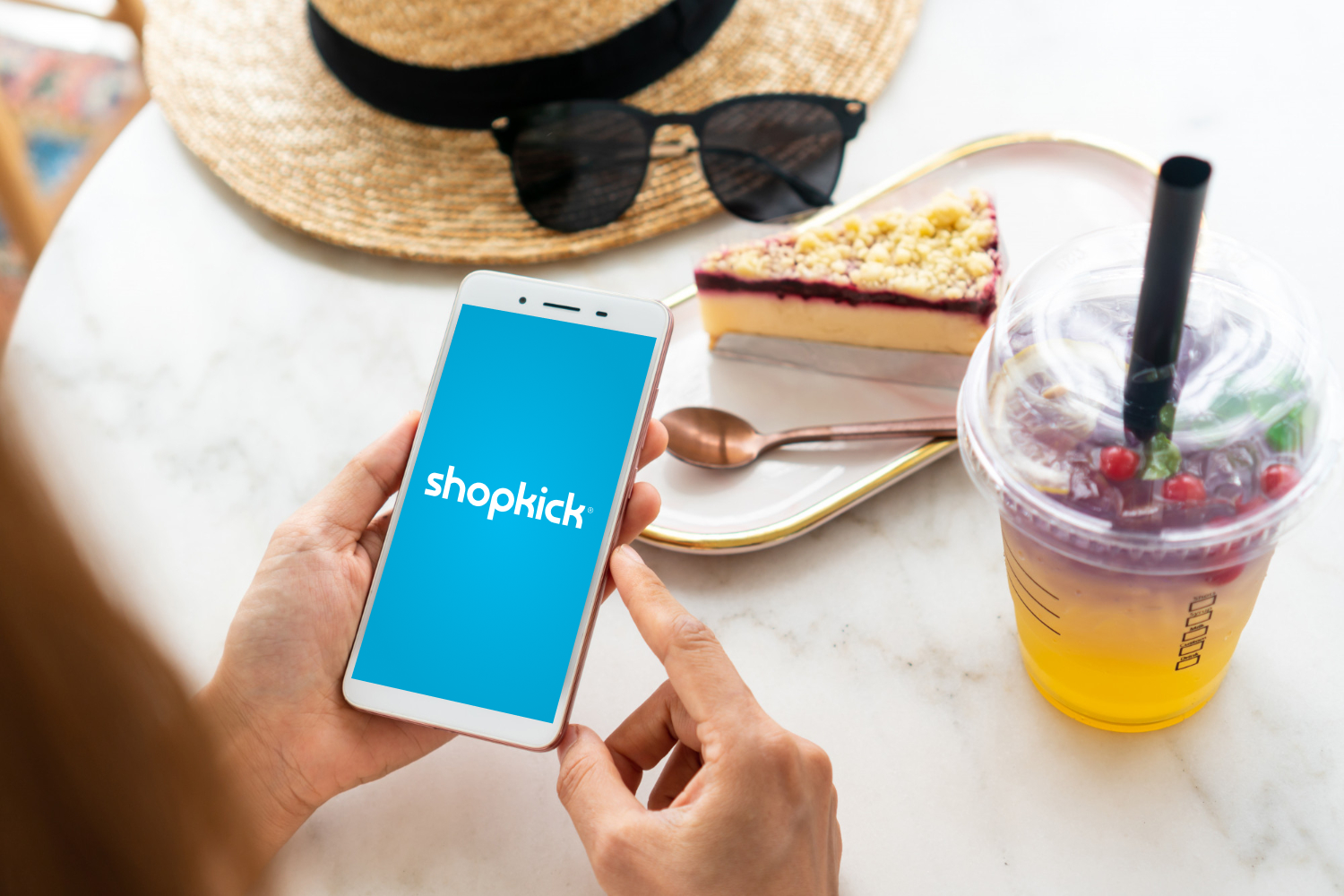Top 5 most effective marketing strategies for retail
Mobile provides a path where retailers can engage consumers in the shopping aisle and increase their purchase intent. Whether mobile apps are used to provide convenience, offer exclusive options or incentivize consumer shopping behaviors, these apps are a proven path to increasing sales. Here are five options for using mobile apps as part of the most effective marketing strategies for retail.
#1: Use Mobile as an In-Store Assistant
Convenience is key in the endless retail aisles that consumers must contend with to find the products they need. These individuals tend to become rapidly frustrated when they can’t locate an item or find a sales assistant to answer their questions. Offering mobile guidance eliminates that confusion and keeps brand affinity high.
#2: Engaging Shoppers in the Moment With Location-Based Strategies
With mobile, brands can send location-specific advertisements, details, and offers to consumers. This helps to connect with the consumer on a more personal level, as the offers have the potential to reach them at the right moment while they’re near a store. Location-based advertising can also create an exclusive experience that boosts sales.
Starbucks is famous for offering location-based advertising that drives consumers to enter the store and make purchases. Consumers passing by will receive offers for discounts or reminders about specific events that places the company top-of-mind even if they hadn’t previously considered stopping in. The coffee company’s mobile app is among the most popular customer loyalty program apps because it provides location-based offers that consumers can use to:
Gain rewards points:
Starbucks tiers its rewards points so consumers who have more “stars” enjoy heightened rewards. As such, consumers who visit Starbucks locations more often receive the highest level of rewards.
Avoid lines:
Through the Starbucks app, consumers can both enter orders for pickup and pay for them in advance. This helps them to avoid the most frustrating part of the morning coffee run; lines.
Enjoy exclusive events:
Starbucks hosts double star days where consumers can gain double the rewards points for stopping by one of their locations. They are notified through push notifications sent to them as they pass stores.
#3: Personalize the Consumer’s In-Store Experience
The ability to personalize the consumer experience in retail is a strong sales driver, as it creates a deeper connection. It’s also a crucial aspect of marketing as 40% of consumers report that personalization is a major purchase driver for them. However, with the volume that a popular brick-and-mortar location sees every day, this may seem an insurmountable task. Some retailers look to rewards programs to create this personalized experience.
Target recently announced its plan to roll out a rewards program that creates a greater personalized experience for shoppers. Through Target Circle, consumers can enjoy personalized offers on products, rewards on their birthdays and overall savings on purchases. As an added benefit, consumers will be able to vote on Target’s giving initiatives. Through their program Target enjoys several benefits, including:
Enhanced consumer affinity:
Providing personalized recommendations and incentives helps Target solidify itself as an ally for consumers during their shopping trip, which increases purchase potential.
Access to shopping data:
Through the app, Target will be able to gather more shopping data which will help the retailer personalize the consumer’s experience even more. The company will be able to keep building on this data until they have an app capable of thinking with near-human intelligence.
Opportunities for in-store upsells:
Target can forward in-the-moment marketing messages that will encourage consumers to try new products they might enjoy, which will likely increase the consumer’s overall shopping cart value.
#4: Reward and Incentivize Purchase Path Behaviors
Retailers that want to direct consumers once they’re in the store can use mobile rewards programs to do so. This is a marketing strategy that’s also been proven effective for CPG brands, as it can be used to get consumers to check out specific items in a brand’s catalog. This was a strategy Kraft leveraged when the brand wanted to increase sales of its baking products in Walmart locations during the holidays. Working with Shopkick, they established a tiered program that drove interest, directed consumers to products and improved purchase intent. The strategy worked in three stages:
Pre-shop consideration:
In-app content that was holiday-inspired drove consumer interest before visiting the store. This content included recipes consumers could consider for holiday events while highlighting specific products.
In-store engagement:
Once they arrived at the store, consumers were incentivized to seek out products on the shelf in exchange for kicks (aka rewards points). They received these kicks for scanning UPCs on products, which encouraged them to handle items and primed them for sale.
Post-purchase follow-up:
Consumers who purchased all three of the featured products from Kraft received heightened rewards after they scanned their receipts. This established a positive brand impression that fostered ongoing goodwill.
#5: Follow Up After the Purchase
Following up after the consumer makes a purchase makes them feel valued. It can also act as a form of remarketing that encourages consumers to return to the retailer and buy more. Mobile apps make this possible by providing data from the consumer’s shopping trips, as well as contact information to send emails, rewards, coupons, and marketing messages. Mainly, there are four categories of messages that retailers can send to consumers after they leave their store, including:
Thank you messages:
A simple thank you for shopping goes a long way towards establishing brand affinity. Retailers can make it more impactful by offering rewards or coupons for future trips.
Survey invites:
Surveys provide insight into store operations that can be used to enhance customer experiences. Inviting consumers to participate—with the promise of rewards or discount codes—helps retailers discover issues that customers encounter.
Review requests:
Online reviews are particularly crucial for retailers who are emerging or new to the area. Follow-ups post-shopping trip help remind consumers to review their local store and share their experience with others.
Promotion updates:
If a consumer has just signed up for a rewards program or indicated they’re new to the location, it can be helpful to let them know of future events and promotions in their area to encourage them to return.
Mobile Options for Leveraging the Most Effective Marketing Strategies for Retail
Mobile is a key component in all the above methods as it allows the retailer to travel with the consumer through their trip and strategically influence their shopping behaviors. However, this type of marketing requires permissive use, in that the consumer has downloaded an app and opted into receiving messages from the retailer. To establish this permissive use, the retailer has two options; proprietary app creation and third-party partnerships. Both strategies have their pros and cons which brands must consider.
| Proprietary Apps | Third-Party Partnerships | |
| Pros |
|
|
| Cons |
|
|
The most effective marketing strategies for retail require the use of mobile to provide consumers with a strong user experience that will guide them to products in the store. These apps work at every part of the purchase journey, from pre-shopping trip planning to checkout and beyond. Such strategies establish strong consumer relationships that create loyalty and drive ongoing sales.




